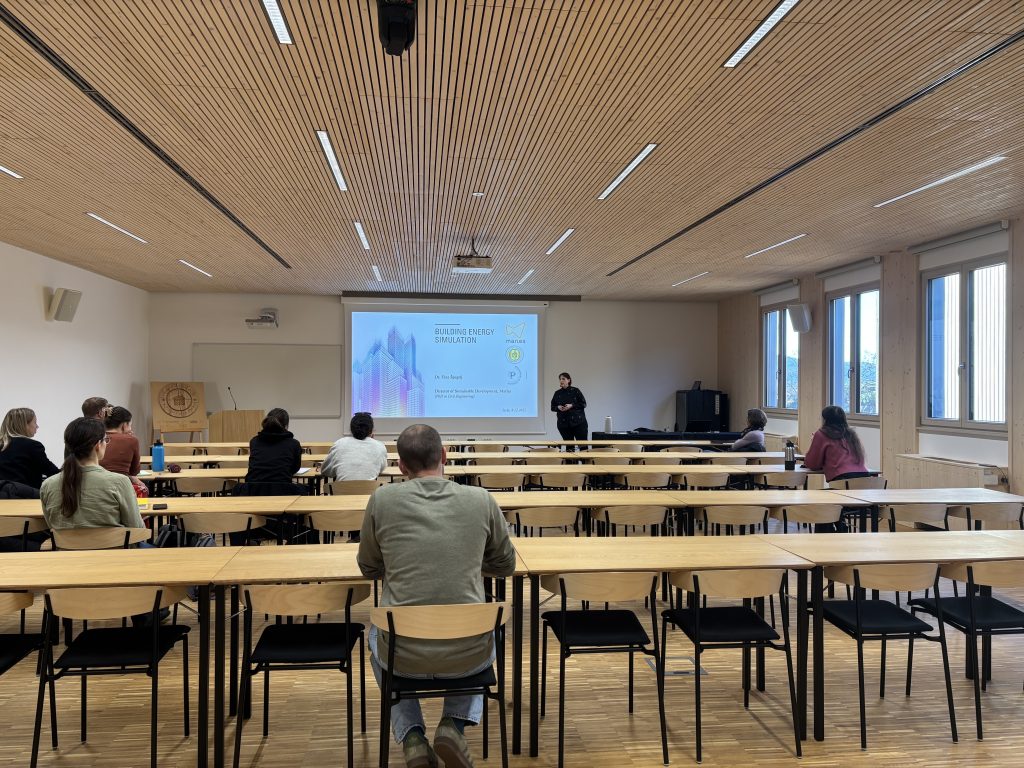
December 10, 2025

Located in the Istrian region of Slovenia is nestled a farm enveloped in nature, here an olive orchard dwells in a land treated with respect and the faith that organic practices can and will return agriculture to a more sustainable, healthy, and productive way of living, working and thinking about our relationship with the environment that surrounds and nourishes us.
Gramona Farm represents what many local farmers strive for and thus is an ideal case for our Olive leaf multi-product cascade-based biorefinery: From an under-used biomass in the primary sector to tailor-made solutions for high added-value international market applications (Oleaf4Value) project so that the variance in our data is most significant and representative of all the olive cultivation practices.
The Oleaf4Value project endeavor is challenging as it attempts to mathematically model and predict the variance of chemicals present in olive leaves, thus, alongside the industrially produced olive leaves, this polar opposite of the intensive farming practices is providing us with a precious source of information. Gramona Farm like other olive growers throughout the European Union are looking for ways to utilize as many parts of the olive tree as possible. Olive leaves are an underutilized part of olive production but contain high-value chemical compounds such as oleuropein.
Gramona Farm is an ecologically oriented farm that strives to reduce to a minimum the amount of synthetic chemicals used for pest and weed control, and nutrients and water management. Their approach is simply to keep the plants as healthy as possible so that the natural defensive systems of the plant would be enough to keep them healthy, strong, and productive. The value of using waste as a resource at Gramona Farm is complementary to the objectives of the OLEAF4Value project.
This year has been extremely dry, already during winter precipitation was below average and even got worse throughout spring and summer. These extreme conditions affected the production of olives to the extent that many plants show between one-third to one-half of fruit production in a regular year.
Some of the techniques to preserve biodiversity are the year-round soil cover, which entails the preservation of the weeds that in turn foster the proliferation of microorganisms, and various insects and make it possible to increase the carbon content of the soil, the air circulation and also water retention, and can lower the temperature at the soil surface which in turn reduces water distress in case of drought.
In the frame of the Oleaf4Value project, the InnoRenew CoE is leading development and implementation of efficient, low-cost and portable sensors for olive leaf screening, development and validation of chemometric models that merge reference data with VIS-NIR spectra and development of a Biomass Suitability Index for olive leaves’ physical and chemical properties. Further, it is conducting smart supply chain analysis for the investigated biomass and developing efficient optimization methods based on its identified unique characteristics.
Albert Kravos, raziskovalec v InnoRenew CoE